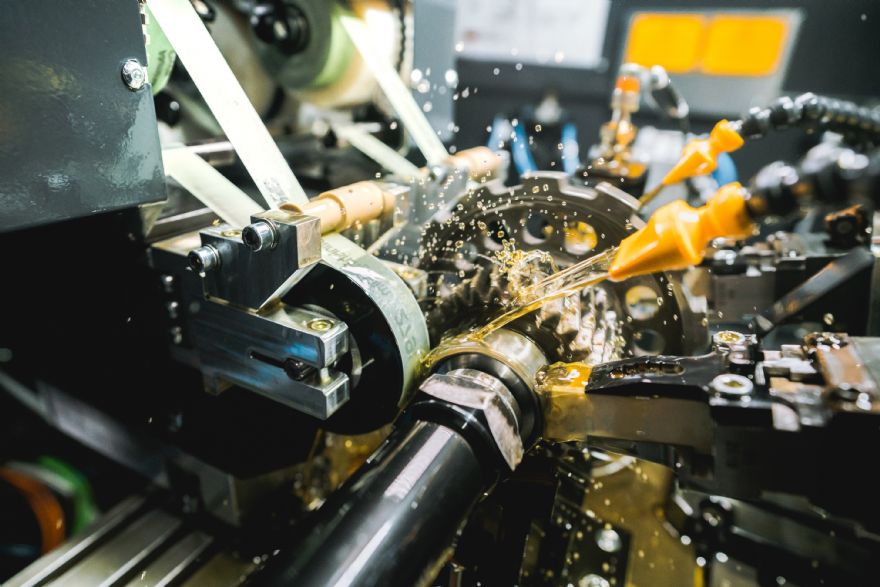 Nagel Maschinen- und Werkzeugfabrik GmbH
Nagel Maschinen- und Werkzeugfabrik GmbH, which is based in Nürtingen, Germany, and a manufacturer of superfinishing machines, says that with the increasing spread of electric vehicles (EVs), the issue of smooth running is gaining in importance — as demonstrated by automotive supplier
ZF Friedrichshafen, which is using a Nagel NaShaft-series machine for e-transmission shafts.
Christian Feuchter, a technical sales engineer at Nagel, said: “We are noticing that demand for our superfinishing technology is by no means slowing down with the trend toward e-mobility; while the typical workpieces for combustion engines are becoming fewer, those for e-drives are increasing — especially transmission and rotor shafts.
At the same time, machining requirements are also increasing, regardless of the type of drive — including steering racks and nuts, for example. At ZF’s facility in Thyrnau, near Passau, where — among other things — transmission shafts for e-vehicles are produced, finishing is an increasingly required manufacturing process in the area of e-mobility. The aim is to increase the load-bearing capacity of the workpieces and to minimise the generation of noise.”
While e-drives are relatively quiet compared to combustion engines, they do generate an audible whirring noise. This is caused by the waviness of the bearing journals, which is inevitably left behind by the pre-processes of turning and grinding; and where components make themselves heard in this way, friction and losses are also higher.
Consequently, drive manufacturers are raising their quality requirements for dimensional accuracy and surface finish. Against this background, superfinishing is becoming a key technology in the production of e-drive components, as it can eliminate the ‘ripples’.
When it became apparent to ZF that the need for superfinishing capacity was increasing, the company selected a gantry loaded NaShaft Eco 612 machine from Nagel. ZF uses this for transmission shafts from 150 to 380mm long and from 30 to 60mm in diameter. After grinding, the values for cylindricity and surface finish are around 8µm and Rz 2.5µm; the targets for superfinishing are <5µm and Rz <0.7µm.
Nagel developed a hybrid process for this task, as Mr Feuchter highlighted: “There is a stone process and a tape process. The stone process ensures an improvement of the waviness on the bearing journals and optimises cylindricity; the subsequent tape process improves the surface quality.”